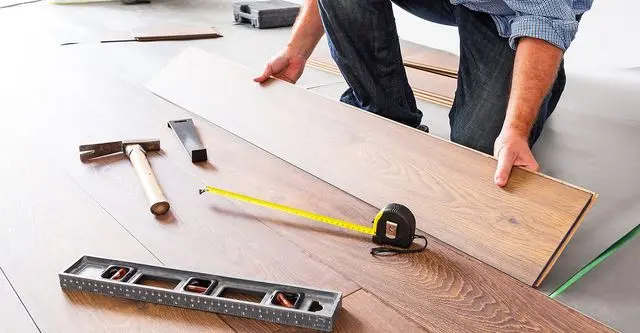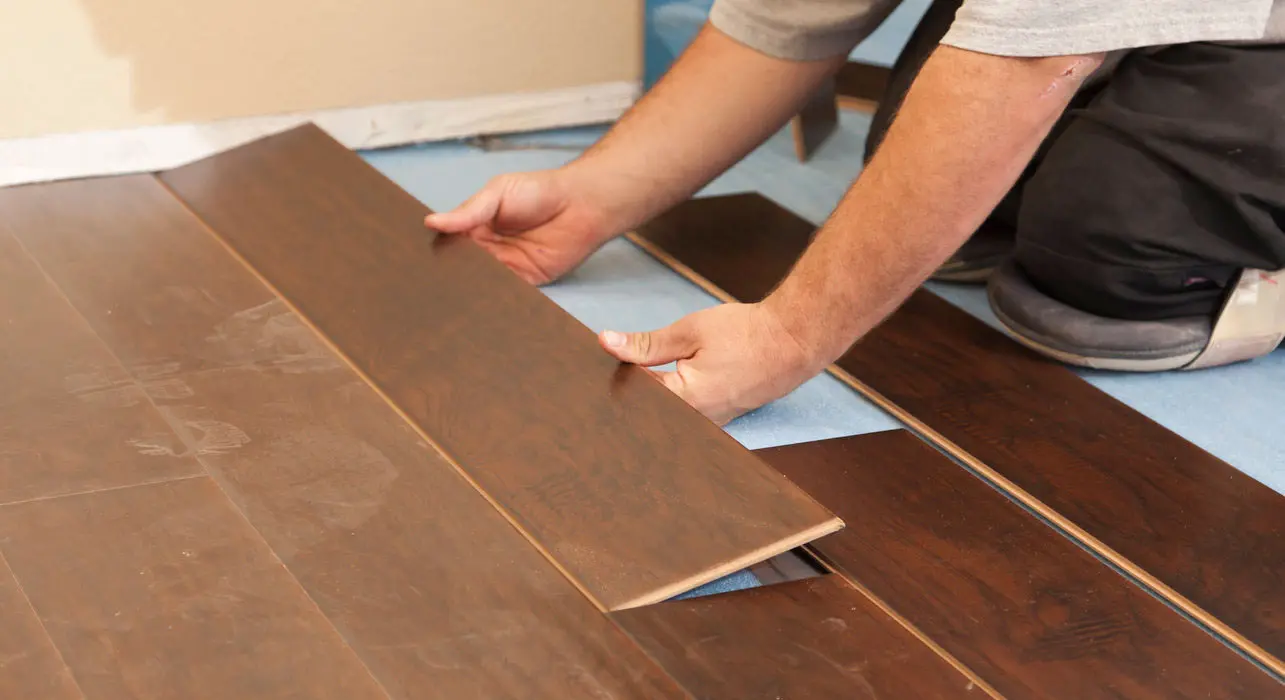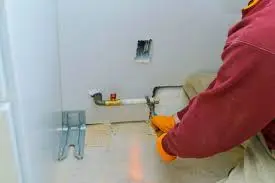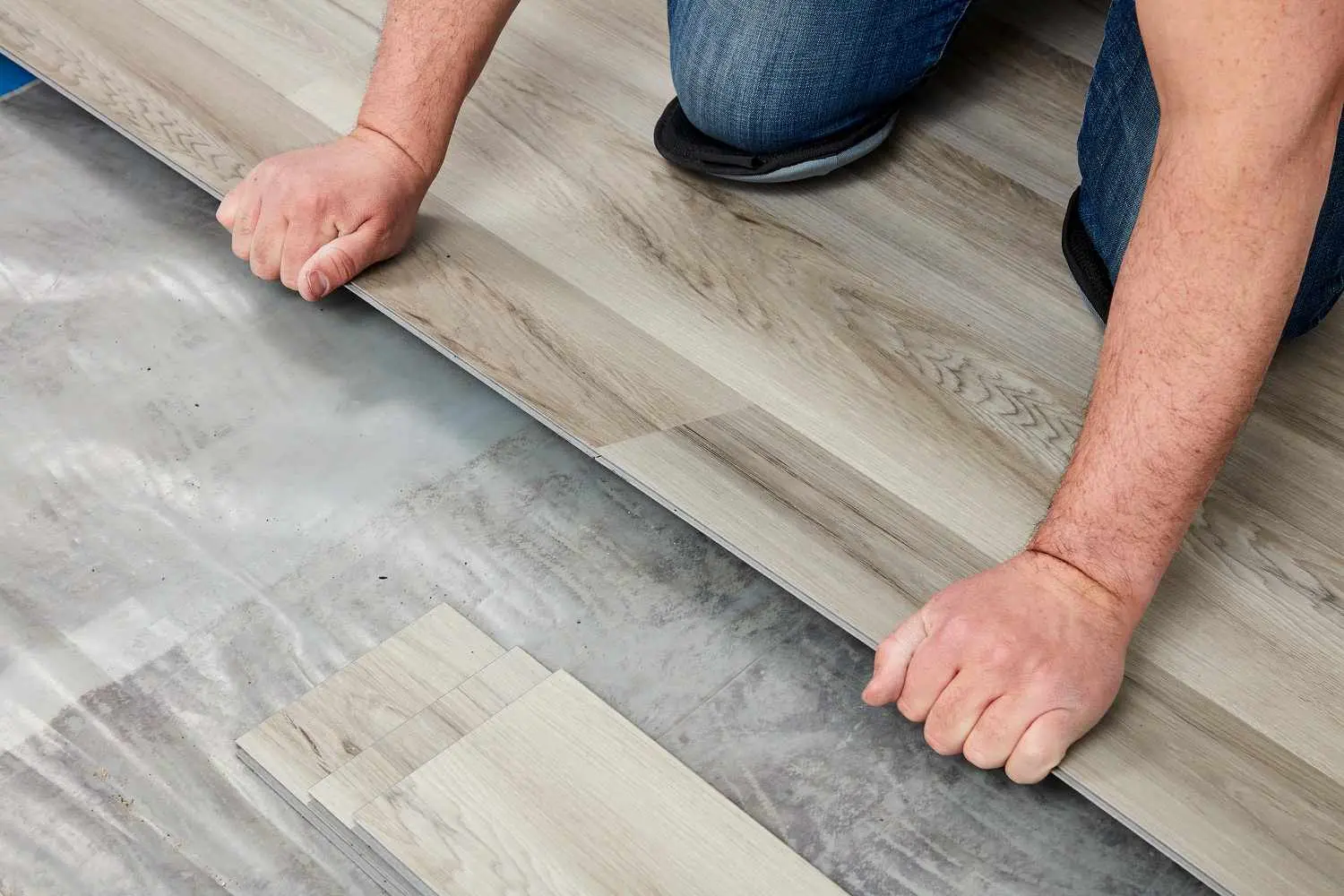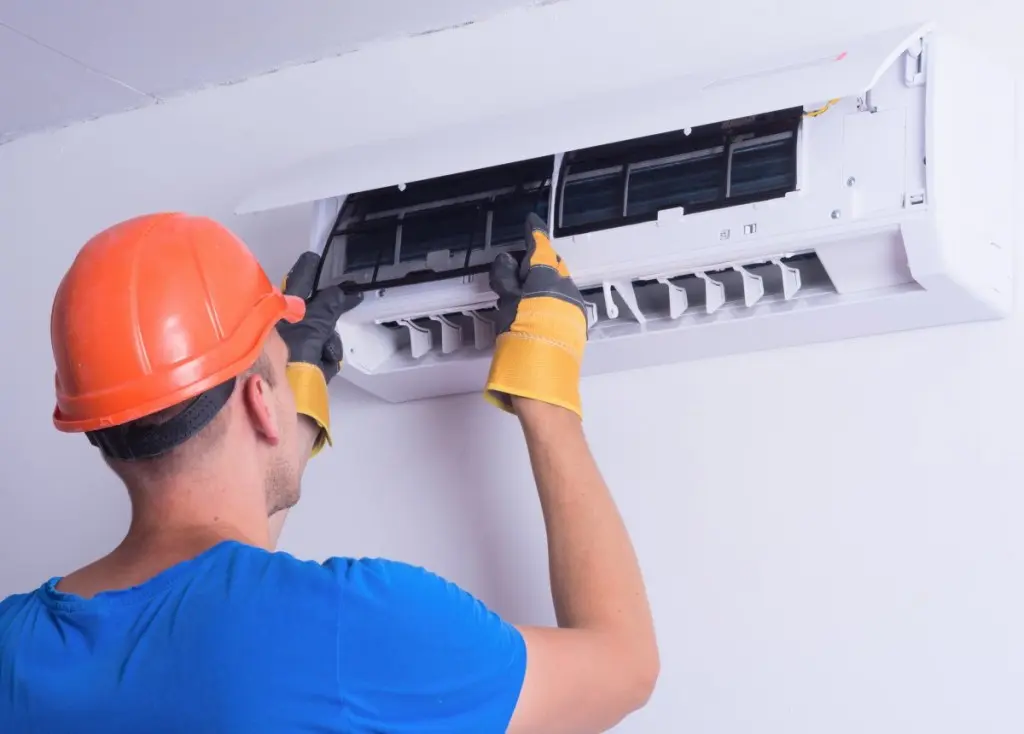
Finding the Best Laminate Flooring Installation Near You
When it comes to finding the best laminate flooring installation service near you, several factors should be considered to ensure you get quality workmanship at a fair price.
1. Research and Reviews
- Online Reviews: Check platforms like Yelp, Google Reviews, and Angie's List for feedback on local installers. Look for companies with consistently high ratings and positive customer experiences.
- Recommendations: Ask friends, family, or neighbors who have had laminate flooring installed for their recommendations.
2. Experience and Expertise
- Choose installers with extensive experience in laminate flooring. Experienced professionals are more likely to handle any challenges that arise during installation.
- Verify if the installer has certifications or training from flooring manufacturers.
3. Services Offered
- Ensure the company offers comprehensive services, including subfloor preparation, installation, finishing touches, and cleanup.
- Some installers might also offer additional services like furniture moving and old flooring removal.
4. Transparent Pricing
- Look for installers who provide clear, detailed quotes that include labor, materials, and any additional services.
- Be wary of hidden fees or vague estimates.
5. Customer Service
- Choose a company known for excellent customer service. A responsive and courteous team can make the installation process smoother and more enjoyable.
How to Install Laminate Flooring: A Step-by-Step Guide
For those who prefer to take on the project themselves, here’s a comprehensive guide to installing laminate flooring.
1. Gather Your Tools and Materials
- Laminate flooring
- Underlayment (if required)
- Measuring tape
- Utility knife
- Straightedge
- Spacers
- Rubber mallet
- Pull bar
- Tapping block
- Circular saw or jigsaw
- Cleaning supplies
2. Prepare the Subfloor
- Ensure the subfloor is clean, dry, and level. Remove any old flooring, nails, or debris.
- Use a leveling compound if necessary to smooth out any imperfections.
3. Acclimate the Laminate Planks
- Let the laminate planks acclimate to the room’s temperature and humidity for at least 48 hours before installation. This prevents issues with expansion or contraction after installation.
4. Plan Your Layout
- Measure the room and plan the layout of the planks. Aim for at least a 6-inch stagger between the ends of adjacent planks for a more natural look. Mark a starting line along one wall to ensure the first row is straight.
5. Install the Underlayment
- If required, roll out the underlayment and trim it to fit the room. Ensure there are no overlaps or gaps.
6. Lay the First Row
- Begin laying the planks along the longest wall, with the tongue side facing the wall. Use spacers to maintain a 1/4-inch expansion gap between the planks and the wall. Cut the last plank in the row to fit, maintaining the expansion gap.
7. Continue Laying the Planks
- Start the next row with a plank cut to a different length to stagger the seams. Click the tongue and groove edges together, using a tapping block and rubber mallet to ensure a tight fit. Repeat this process across the room.
8. Cut Around Obstacles
- Measure and cut the planks to fit around doorways, vents, and other obstacles using a circular saw or jigsaw. Ensure you leave the expansion gap around all edges.
9. Finish the Installation
- Once all the planks are laid, remove the spacers and install baseboards or quarter-round molding to cover the expansion gaps. Clean the floor to remove any dust or debris.
10. Enjoy Your New Floor
- Your new laminate flooring is now installed and ready to use. Follow the manufacturer’s guidelines for cleaning and maintenance to keep it looking its best.
2024 Cost Guide for Laminate Flooring Installation
Understanding the costs involved in laminate flooring installation can help you budget and plan your project effectively.
Factors Affecting Installation Costs
- Room Size and LayoutLarger rooms require more materials and labor, increasing the overall cost.Complex layouts with many cuts and obstacles can also raise the price.
- Type of Laminate FlooringHigher-end laminates or those with special features (e.g., thicker planks, attached underlayment) may be more expensive to install.
- Subfloor ConditionIf the subfloor requires significant preparation or leveling, this will add to the labor costs.
- Additional ServicesServices such as removing old flooring, moving furniture, or installing underlayment may incur additional charges.
Average Installation Costs
The cost of professional laminate flooring installation varies based on location and the factors mentioned above. On average, you can expect to pay between $3 and $8 per square foot for installation alone. This does not include the cost of the flooring materials, which can range from $1 to $5 per square foot depending on the quality and brand.
Getting Quotes from Local Installers
To get an accurate estimate, contact several local flooring installers and request quotes. Here are some tips for obtaining and comparing quotes:
- Detailed Quotes: Ensure each quote includes a breakdown of labor, materials, and any additional services.
- References and Reviews: Check the installers’ references and read online reviews to gauge their reputation and quality of work.
- Licensing and Insurance: Verify that the installers are licensed and insured to protect yourself in case of any issues during the installation process.
- Warranties: Ask about warranties on both the installation work and the flooring materials.
Conclusion
Whether you decide to install laminate flooring yourself or hire a professional, understanding the process and the costs involved will help you make informed decisions. Finding the best laminate flooring installation service near you involves researching, comparing quotes, and considering factors like experience, services offered, and customer reviews. With careful planning and execution, you can achieve a beautiful and durable laminate floor that enhances the look of your home.


